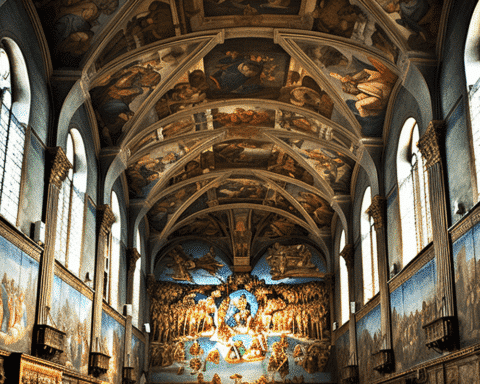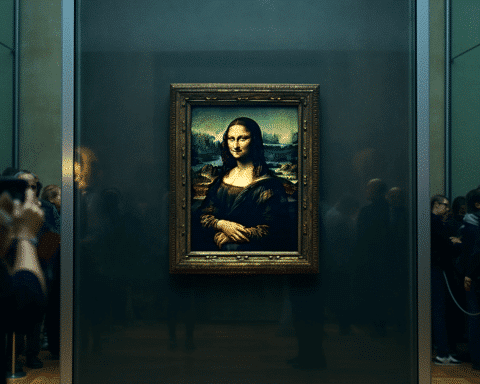In art and history, the name Rembrandt resonates as a symbol of unparalleled mastery. His 17th-century magnum opus, “The Night Watch,” has captivated audiences for centuries with its intricate play of light and shadow. However, beneath the visible layers of this renowned painting, researchers have uncovered a hidden truth, unravelling a mystery that perplexed experts for decades. This revelation stems from the first-of-its-kind analysis combining X-rays, spectroscopy, and 3D digital reconstructions.
Rembrandt’s technique in painting “The Night Watch” defied conventional methods. Traditionally, artists began with a glue layer followed by a ground layer of pigment. However, a recent study revealed an unexpected twist: the absence of a glue layer replaced by a lead-saturated coating. This innovation likely stemmed from Rembrandt’s intent to fortify the painting against moisture damage, especially considering its original placement in Amsterdam’s Kloveniersdoelen, which is prone to dampness.
Fréderique Broers, the study’s lead author and a research scientist at the Rijksmuseum, suggested that Rembrandt’s inspiration might have come from Théodore de Mayern’s publication on the chemistry of painting. Mayern’s observations about the effects of moisture on paintings might have influenced Rembrandt to use a lead-rich oil layer, known for its drying properties, as a foundation.
This finding solves the longstanding mystery of lead crystal “pimples” appearing across the painting and indicates Rembrandt’s adaptability in exploring unconventional methods for his artwork. Furthermore, the study sheds light on the composition of the ground layer, revealing a mix of quartz and clay, marking a departure from Rembrandt’s earlier double-layer technique.
The discovery within “The Night Watch” is a testament to Rembrandt’s ingenuity and willingness to diverge from traditional practices in pursuit of artistic excellence. This breakthrough, a part of the comprehensive Operation Night Watch project, combines the efforts of conservationists, curators, and scientists. It enriches our understanding of Rembrandt’s methods and ensures the preservation of this masterpiece for future generations. In peeling back the layers of “The Night Watch,” researchers have illuminated a fascinating chapter in art history, reaffirming Rembrandt’s status as a visionary in his field.




